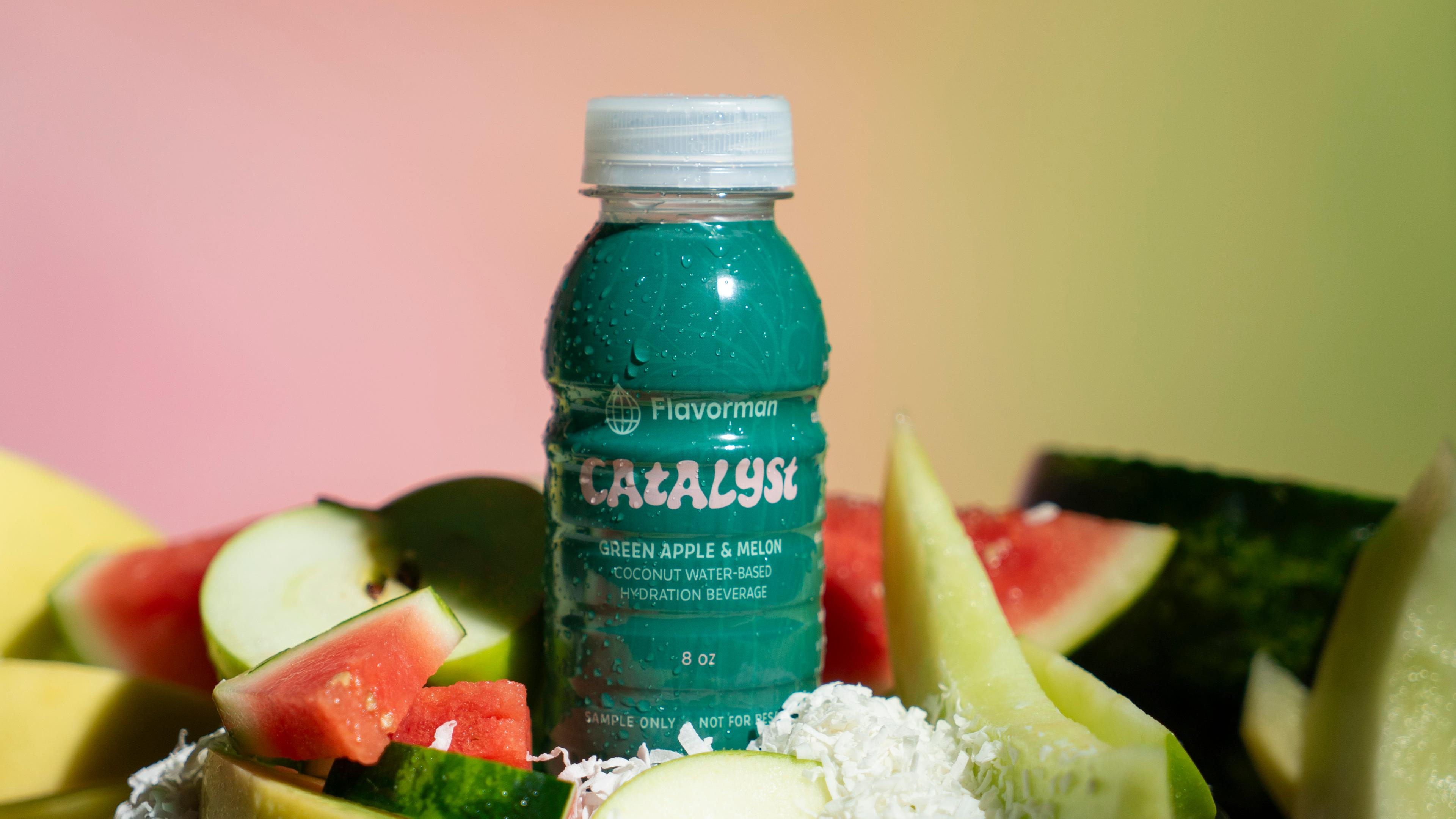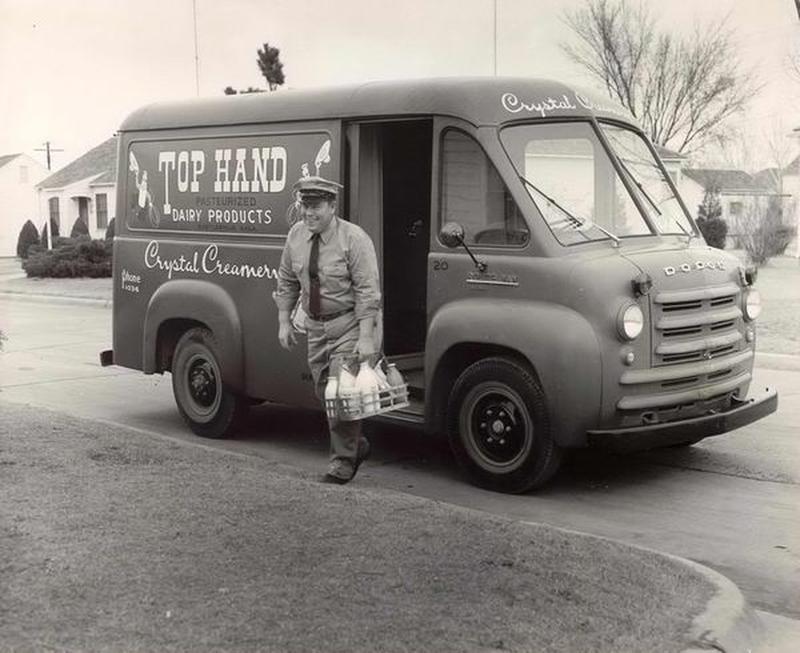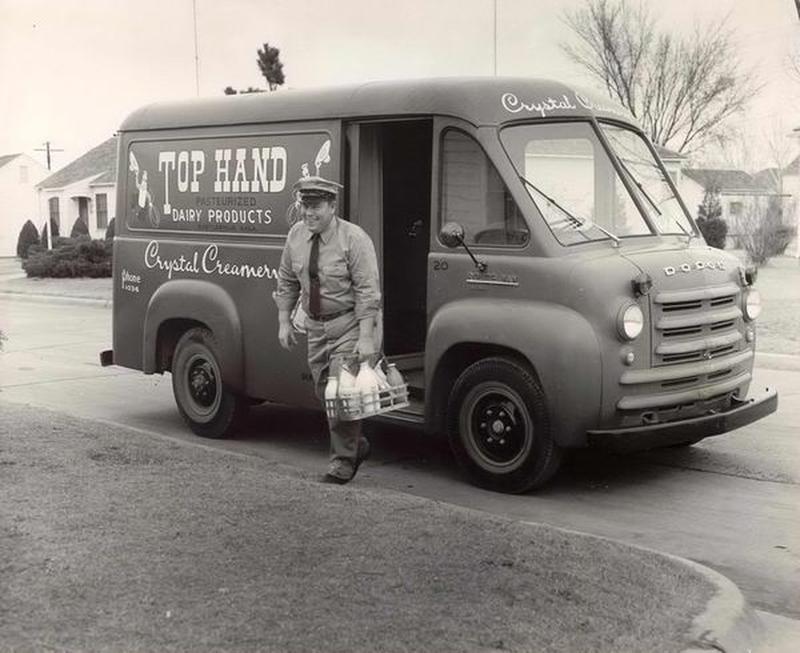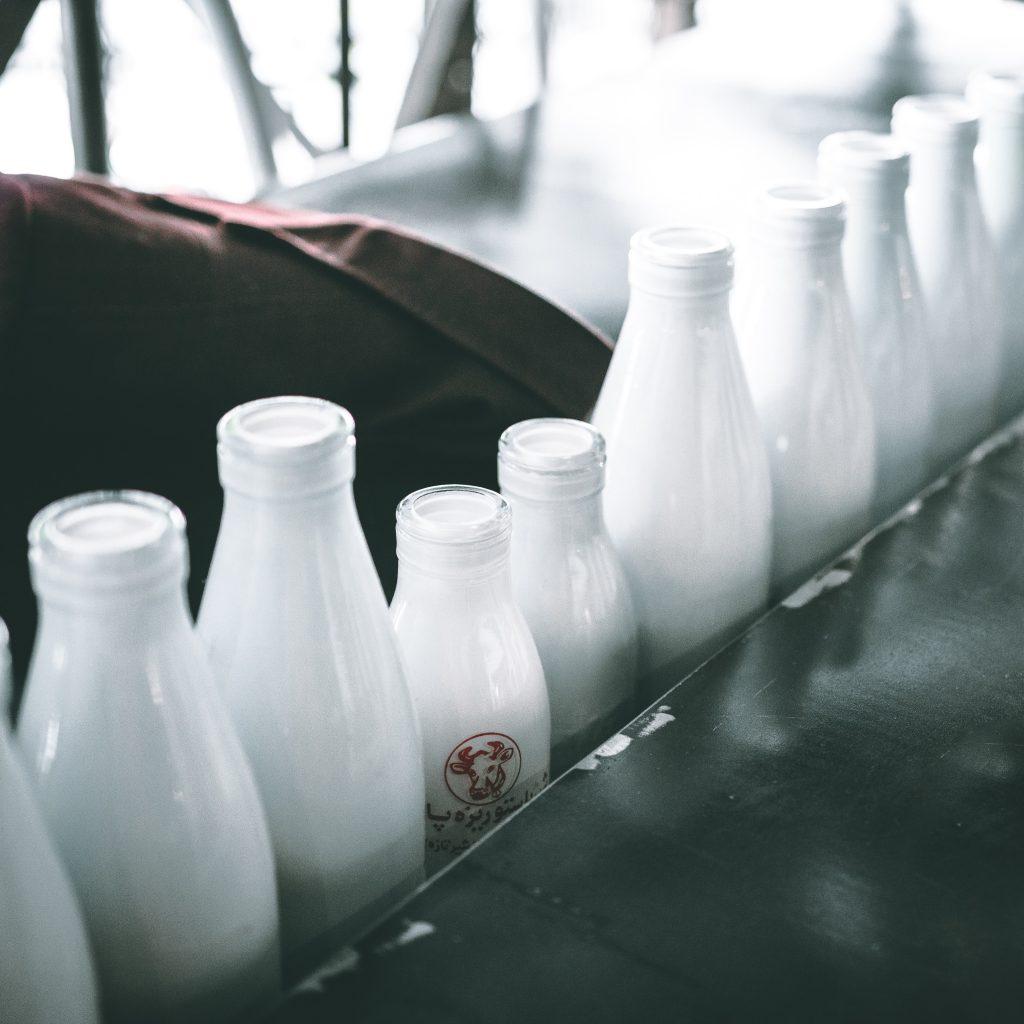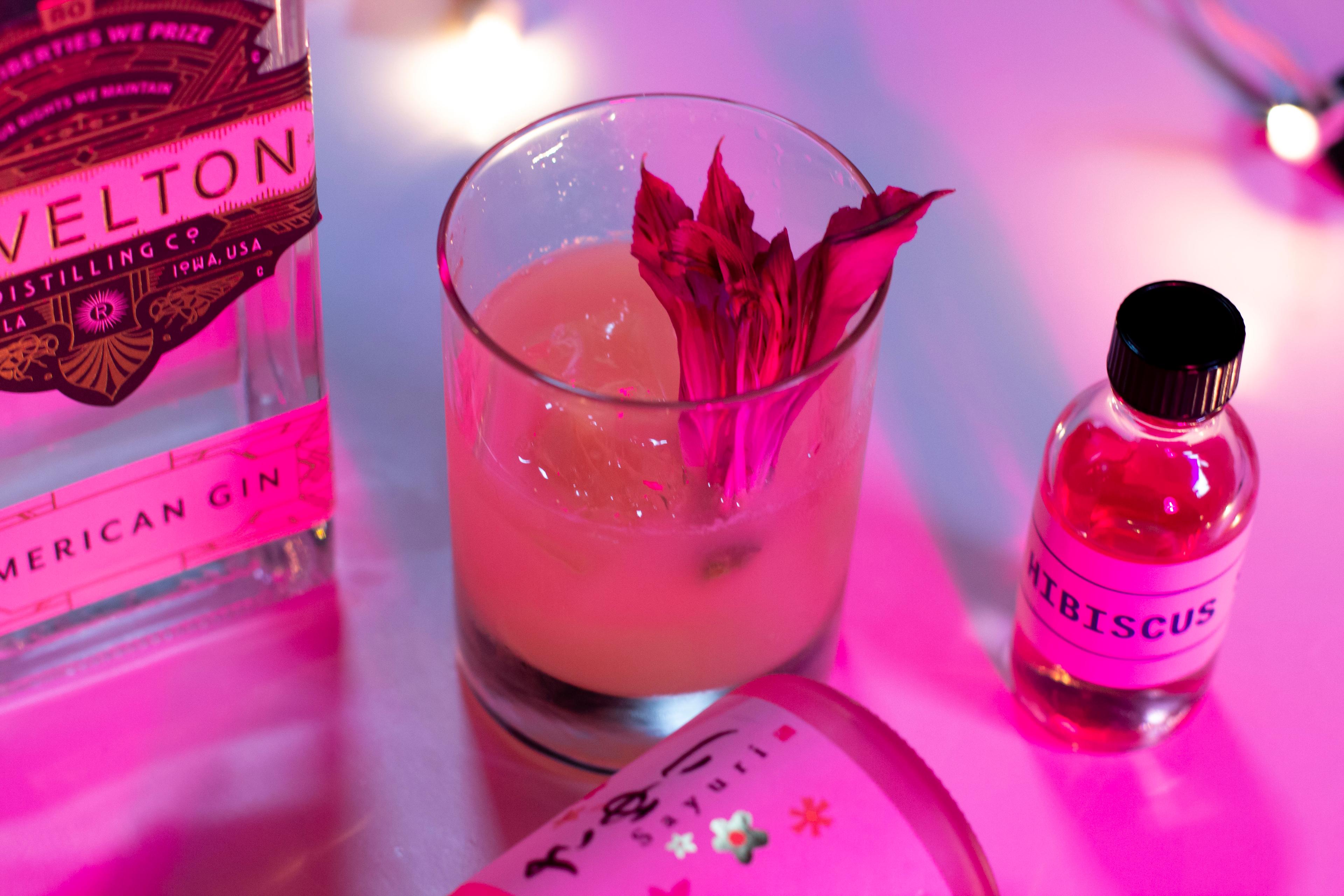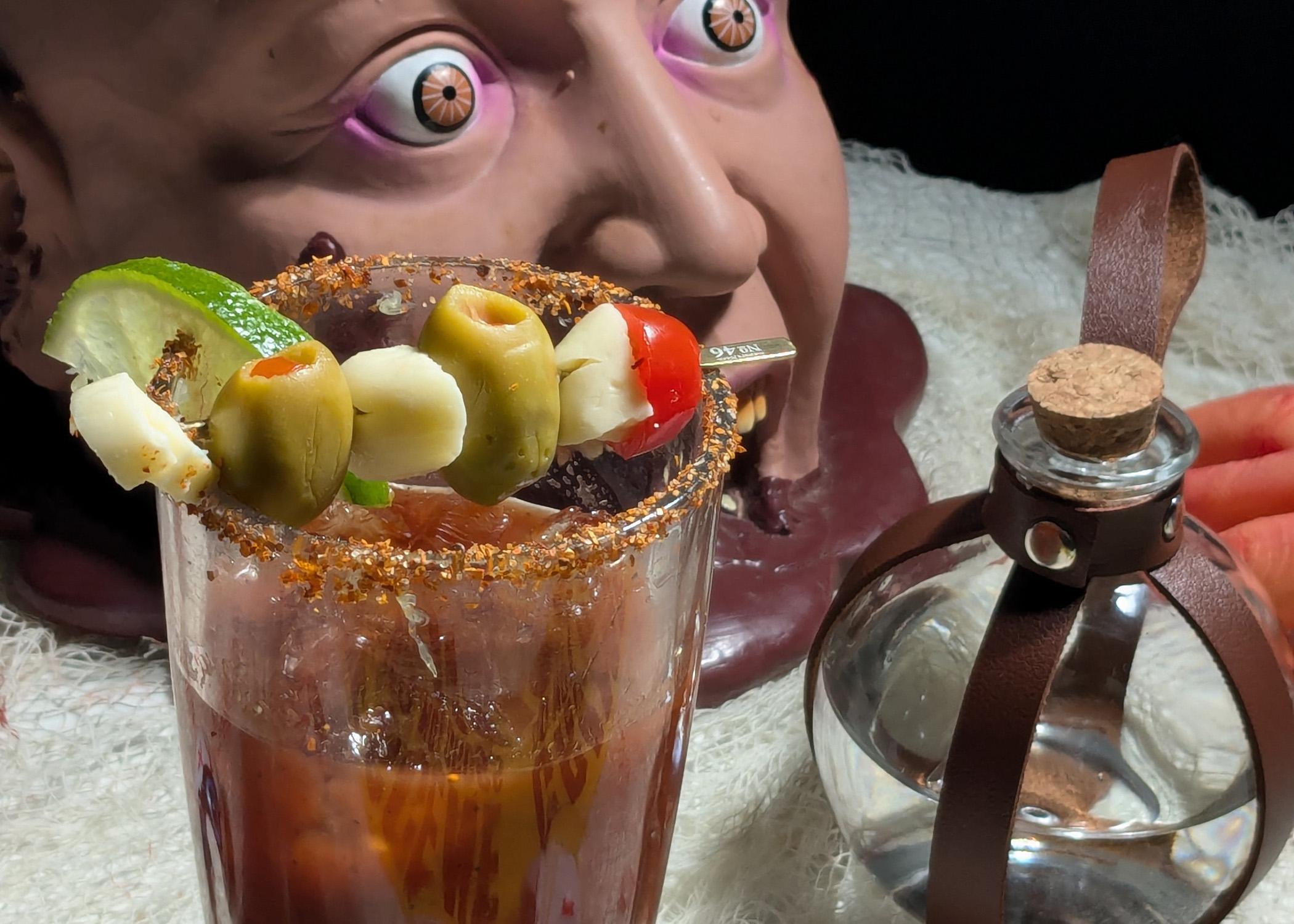Old Photo Archive
Whether you gulp it down by the glass or simply enjoy a splash of it in your breakfast cereal, milk has been a staple in homes around the globe for generations. In the US, there's even an entire day dedicated to the drink's place in American culture.
An American Beverage Staple
Celebrated annually, National Milk Day commemorates an often-forgotten piece of beverage history: it observes what is believed to be the first time that milk was delivered in glass bottles to households throughout the US. This date comes from Alexander Campbell who professed before the New York State Senate that his company, the New York Dairy Company, was the first to make these deliveries in 1878. In fact, up until the 1960s, this was the most common way for US consumers to get their milk.
Not only did it offer the comfort of convenience, but a daily delivery from the milkman was also the safest and most cost-effective way at the time for consumers to enjoy the beverage. Later, a commercialized pasteurization process would forever change the industry and eliminate the need for an increasingly difficult home delivery service. French scientist Louis Pasteur discovered pasteurization in 1864 as a process to improve the keeping qualities of wine, but quickly realized its application for treating other consumable goods — like milk!
By applying heat, he found that he could destroy pathogens and microbials in food and beverages. For consumers of milk products, that meant severely reducing the risk of milkborne illnesses, like scarlet and typhoid fevers which accounted for almost a quarter of all food and waterborne illnesses traced to sources. Today, they account for far less than 1% of all food and waterborne illnesses.
With its nine essential nutrients, it's clear why milk has long been considered a staple food. Technically, it's one of only a handful of natural foods able to support human life without the addition of any other food groups. Of course, most of us aren't on a milk-only diet, but milk is our very first food as infants and often remains a common source of nutrition throughout our adult lives, making it a truly phenomenal beverage by all accounts.
The Future of Milk
Even though most of the world is lactose intolerant — around 70% — there are new methods that have made it possible for everyone to enjoy variations of the drink. Because only around a quarter of the world's population can produce lactase into adulthood (the enzyme needed to digest lactose), some brands add lactase directly to milk to create a lactose-free version. Doing this allows the lactase to naturally break down the lactose enzymes in the milk, making it safe to consume for lactose intolerant drinkers. It's worth noting however, that lactose-free milks often taste sweeter than regular milks thanks to the byproducts of this process: simple sugars glucose and galactose.
For consumers concerned about the milk industry's effect on climate change, animal welfare, and ethical food production — or who simply don't enjoy the taste! — there are even more options available. From almond to rice, flaxseed, oat, coconut, soy, and more, plant milks of all kinds now line grocery store shelves. In fact, sales of plant-based foods have grown by 11% in 2019, valuing the total plant-based market at a whopping $4.5 billion, up from $3.3 billion in 2018. And while milk consumption in the US has decreased significantly in recent years (dairy sales declined by $1.1 billion in 2018), it's unlikely to disappear from our lives completely.
Even if you don't personally enjoy drinking milk, it's likely you still consume plant-based milks or other dairy products like cheese, cream, or yogurt. And let's face it, having a wider variety of delicious and nutritious drink options is something we can all celebrate this National Milk Day!
If you've got an innovative idea for the next take on milk, Flavorman can help you bring it to life! Get started by filling out this webform or by giving us a call at (502) 273-5214.
Related Content
America's Favorite Winter Beverage: Hot Chocolate
Eggnog: Origins of a Holiday Classic
Exploring the Origin of the Frappé for National Frappe Day
